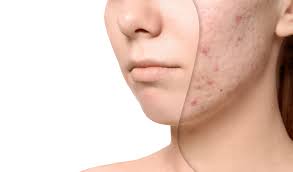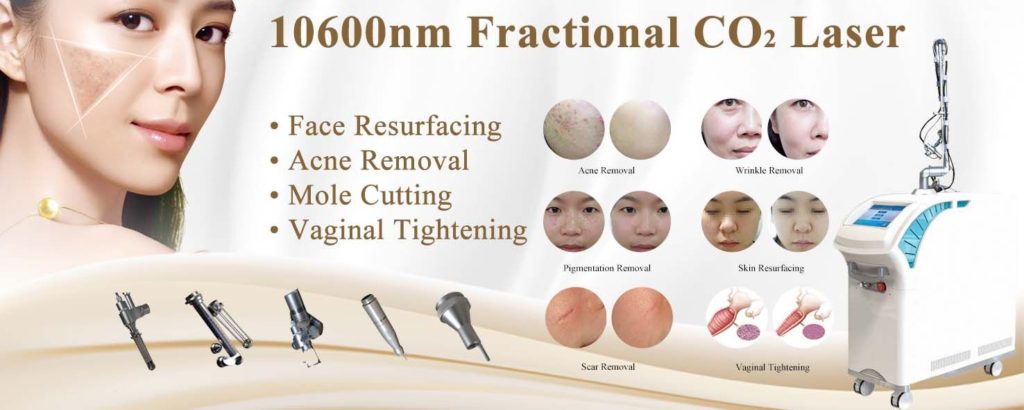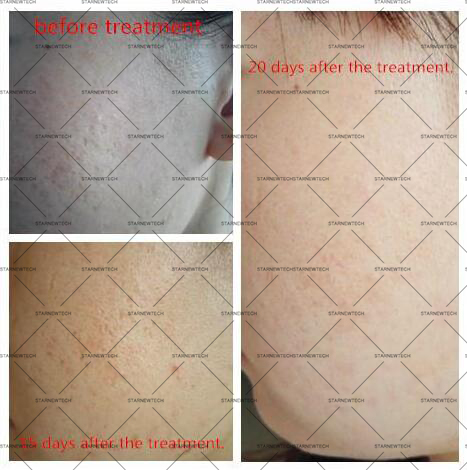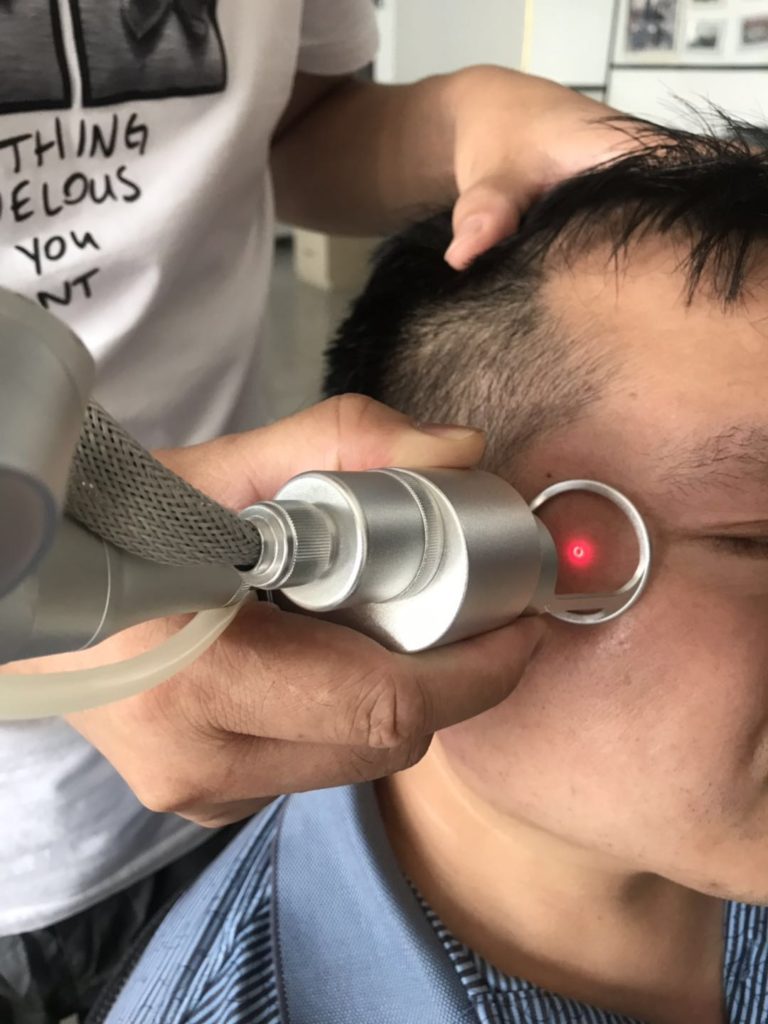07月08 Fractional CO2 Laser: 7 Essential Things You Should Know About This Acne Scar Treatment
Having acne often gets in the way during the big days of your life—whether it’s your most-awaited job interview or your first date with someone you like. Aside from making you feel insecure, acne can also hurt and, in the worst cases, leave stubborn marks and redness.
Fortunately, you don’t have to live with unsightly acne scars. There are already treatments nowadays that can eliminate them, leaving your face pimple-free and flawless. One of these safe and effective procedures is the Fractional CO2 Laser. It involves the removal of the outer layers of the skin through laser which reveals the fresh and glowing skin underneath.
Want to learn more about how it can solve your skin problems? To get you started, here’s everything you need to know about Fractional CO2 Laser from the procedure to the benefits, and even after-care treatment.

Your Essential Guide To Fractional CO2 Laser
1. What Is Fractional CO2 Laser?
Fractional CO2 laser is a type of skin treatment used by dermatologists or physicians to reduce the appearance of acne scars, deep wrinkles, and other skin irregularities. It is a non-invasive procedure that uses laser, specially made of carbon dioxide, to remove the outer layers of damaged skin.
2. What Does Fractional CO2 Laser Treat?
Fractional CO2 laser is commonly used to treat acne scars. However, it can also tend to a wide range of skin problems such as:
Age spots
Crow’s feet
Enlarged oil glands (especially around the nose)
Fine lines and wrinkles
Hyperpigmentation
Sagging skin
Sun damage
Uneven skin tone
Warts
The procedure is often done to the face, but the neck, hands, and arms are just a few of the areas that the laser could treat.
3. How Is The Fractional CO2 Laser Procedure Done?
The fractional CO2 laser is often done by applying a local anesthetic cream to the problem area 30 to 45 minutes prior. The procedure itself lasts for only 15 to 20 minutes.
It uses short-pulsed light energy (known as ultra pulse) that is continuously blasted through a scanning pattern in order to remove thin, outer layers of damaged skin.

Once the dead skin cells are eliminated, the procedure activates the production of multiple microthermal zones that reaches deep into the skin. Through this, it can stimulate your body’s natural healing process and boost collagen production. This ultimately replaces the old, damaged cells with new, healthy skin.
- What Do I Need To Do Before Fractional CO2 Laser?
Before undergoing a fractional CO2 laser procedure, it’s recommended to follow these pre-treatment rules.
Don’t use products containing retinoids as it can affect the end results.
Avoid excessive sun exposure 2 weeks prior to the laser treatment.
Stop taking medications such as ibuprofen, aspirin, and even vitamin E as this can lead to prolonged clotting.
Consult your dermatologist to find out if you’re a good candidate for the fractional CO2 laser treatment.
5. Is There Any Downtime?
Thanks to the fractional technology used during the procedure, healthy tissues underneath the skin can still be found just in between the microthermal zones where heat was applied. These healthy tissues are able to provide the cells and proteins required to quickly heal the skin.
As a result, patients only have to undergo shorter recovery periods—lasting for 5 to 7 days.

6. Are There Any Side Effects?
Since the fractional CO2 laser procedure introduces heat (through the laser) into the skin, patients may find some redness or swelling in the treated area. Some may even experience discomfort and scabs.
In rare and worst cases, you may see the following complications after the skin treatment:
Prolonged erythema – Redness is expected after the fractional CO2 laser procedure but it usually heals within three to four days. If redness hasn’t ceased after a month, you might be suffering from prolonged erythema.
Hyperpigmentation – Post-inflammatory hyperpigmentation (PIH) is most commonly experienced by patients with darker skin. It usually occurs after an injury or inflammation of the skin.

Infections – Getting bacterial infections is rare with only a 0.1% chance in all treated cases. However, it’s still best to properly identify them and their treatments to avoid further complications.
Fortunately, the risk of getting these side effects could be minimized and completely eliminated by following some post-care tips that dermatologists recommend.
7. What Should I Do After Fractional CO2 Laser Procedure?
After the fractional CO2 laser procedure, you should apply sunscreen to protect your skin from the sun’s harmful rays. Do make sure to also use a gentle cleanser and moisturizer twice a day and avoid any harsh products. It’s best to limit the use of makeup products as well because they can irritate the skin even more.
To ease the swelling around your face, you can try putting an ice pack or compress to the treated area in the first 24 to 48 hours after the fractional CO2 laser treatment. Apply ointment as necessary in order to prevent scabs from forming. Lastly, you may need to adjust your daily activities and avoid situations, such as swimming and workouts, where you can get an infection.




No Comments